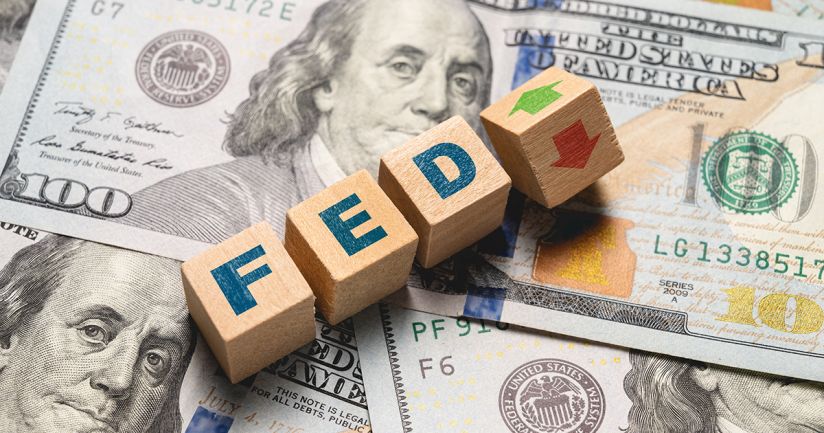L'AGEFI - The Fed put may have moved to the term premium

Translation of an article published by L'AGEFI on 21 October 2024
By Michala MARCUSSEN, Group Chief Economist
Benchmark sovereign bond yields are commonly broken into a risk-free rate and a term premium. Understanding what drives each component is key for central bankers and market participants alike, but trouble is that neither is directly observable and must be derived from either market data or surveys of consensus.
Zooming in on the US, there is no shortage of such estimates and while these may vary considerably in level terms, they share common trends. Metrics of risk-free rates have been trending lower since the spring of 2024, reflecting market expectations for Fed rate cuts with the gradual taming of the post-pandemic inflation spike and easing of labour market tightness. Upside surprise to the September employment and inflation data, did, however, lift risk-free rates from their September lows.
Turning to term premia, these compensate investors for the uncertainty of holding long-term bonds instead of just rolling over a series of short-dated bills. With recent week’s increased uncertainty over the future Fed funds path, linked also to the outcome of the 5 November US election, term-premia measures have ticked somewhat higher.
The puzzle on the US term premia is the fact that the most commonly watched estimates hereof, such as Adrian-Crump Moench or Kim-Wright, have spent much of the past decade in negative territory. At first glance, this runs counter to the textbook theory that investors should be compensated for taking risk, be it an unexpected shift in the real economy and inflation outlook, or a shift in the supply and demand of government bonds.
With the dominant risk over much of the past decade having been for inflation to come in below target and with central banks ready to jump in at the first sign of trouble with quantitative easing (thus removing government bond duration from markets), it becomes easier to rationalise low and even negative term premia. Tighter financial regulation post the global financial crisis of 2008/09 arguably also played a role.
The market debate now is whether the recent climber higher in US term premia may in fact mark the start of a new secular upward trend. A structurally higher and more volatile inflation outlook, linked not least to greater protectionism and geopolitical risk weighs in high on the list of arguments. Should the next US President, moreover, opt for more aggressive tariff policies, then this would add further upside risk to inflation.
Climate change is a further source of future volatility, with the increase of extreme weather events adding to the volatility of both growth and inflation. Less action on the climate transition, moreover, only spells further disasters down the road.
It is worth making the point, that structurally higher inflation, if fully predicted, only adds upside to the risk-free rate. In principle, higher term premia result only from greater uncertainty on higher inflation outcomes.
When it comes to the relative supply and demand of US Treasuries, there is a link to the term premia, even when fully anticipated. To the extent that the next US President fails to address the burgeoning budget deficit this would, all else being equal, add to term premia. With the Congressional Budget Office (CBO) projecting an increase in the Federal debt helped by the public to increase from just under 100% of GDP today to over 120% over the coming decade, it is not hard to build a narrative for a higher term premium, not least if foreign appetite to acquires US Treasuries also wanes.
There are counters of course to these various arguments, for example, with China exerting a potentially disinflationary force on the global economy and the promise of AI potentially adding to the supply side and lowering inflation.
The real question on the term premia, however, is how the Fed is ultimately likely to respond. Lowering monetary policy rates in a bid to anchor bond yields against a backdrop of higher and more volatile inflation would only add to term premia and weigh on the dollar and is a very unlikely response. More likely is for the Fed to hike policy rates and extend the duration of its bond holding to tame term premia. Such a response would likely also be more favourable to the US dollar.
For all the chatter of higher US term premia, the idea of the well-known “Fed put” having shifted from short-term rates to the term premia may just be what is keeping the US term premium still low and equity markets well supported.
-
 Michala Marcussen
Michala MarcussenChief Economist and Head of Economic and Sector Research for the Group